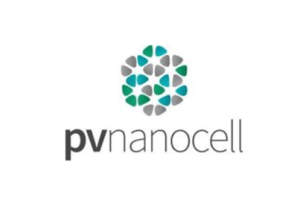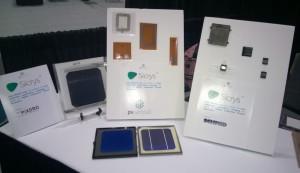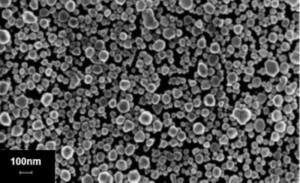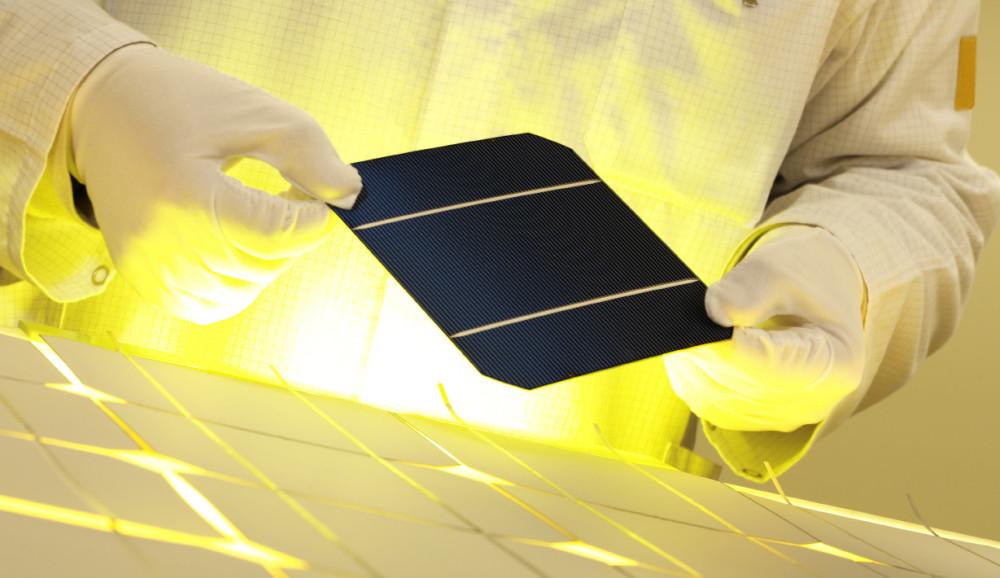PV Nano Cell and Their Sicrys Conductive Inks are Bringing Us One Step Closer to 3D Printed Electronics
 The Sicrys family of conductive inks are based on technology that produce narrower conductive patterns with minimum waste results when used during digital inkjet printing. The inks were developed to be used for the mass production of printed electronics and that industry’s extremely demanding requirements. PV Nano Cell, the developer of advanced single-crystal nanometric conductive digital inks, and their dispersion technology is capable of producing some highly efficient electronics. Products made with the inks offer improved conductivity, superior electrical properties and produce less waste than traditionally manufactured electronics. The company has just introduced their new copper Sicrys conductive ink, which is actually the first copper-based nanometric solution available on the market.
The Sicrys family of conductive inks are based on technology that produce narrower conductive patterns with minimum waste results when used during digital inkjet printing. The inks were developed to be used for the mass production of printed electronics and that industry’s extremely demanding requirements. PV Nano Cell, the developer of advanced single-crystal nanometric conductive digital inks, and their dispersion technology is capable of producing some highly efficient electronics. Products made with the inks offer improved conductivity, superior electrical properties and produce less waste than traditionally manufactured electronics. The company has just introduced their new copper Sicrys conductive ink, which is actually the first copper-based nanometric solution available on the market.
PV Nano Cell will be showing off their entire portfolio of Sicrys conductive inks to LOPEC 2016, the international printed electronics event being held in Munich, Germany on April 6th and 7th. Their new inks are a huge leap forward in the race to perfect the process of 3D printing electronics, and products made with them will have applications in computing, wearable devices and is likely to play a large role in the continued development of the Internet of Things. The Sicrys inks are expected to finally make the mass production of printed electronics possible, something that has never been viable previously.
“LOPEC 2016 will be particularly exciting, as 3D printed electronics are on the verge of becoming reality. 3D printed electronics with embedded electronics within the structural material will revolutionize the use of electronics and data usage. Printed electronics will soon become integrated into daily life, from customized electronics to medical devices,” explained PV Nano Cell CEO Fernando de la Vega.
The cost effective and sustainable Series inks will allow huge leaps forward in the manufacturing of things like mobile phone antennas and fully-functional printed circuit boards. The materials will lead to thinner and smaller smartphones and other Internet of Things connected devices. PV Nano Cell’s Sicrys conductive ink materials are made using single crystal nanoparticles, that are ideal for 3D printing on flexible materials like plastic, fabric or even paper. Their newly developed copper nanometric conductive ink offers the same high-grade performance of Sicrys silver ink but also offers exceptional cost-efficiency, making 3D printed electronics cheaper and more accessible to everyone.
 Founded back in 2009, PV Nano Cell manufactures their Sicrys family of conductive inks for companies all over the world. In addition to the success that they are starting to find with the Sicrys materials, they also manufacture a full range of 3D printed electronics applications, 3D printed circuit boards, RFID, sensors and smartphone touchscreens. One of the largest parts of the company is their extensive R&D division which constantly seeks to push the current boundaries of technology further.
Founded back in 2009, PV Nano Cell manufactures their Sicrys family of conductive inks for companies all over the world. In addition to the success that they are starting to find with the Sicrys materials, they also manufacture a full range of 3D printed electronics applications, 3D printed circuit boards, RFID, sensors and smartphone touchscreens. One of the largest parts of the company is their extensive R&D division which constantly seeks to push the current boundaries of technology further.
PV Nano Cell was recently awarded the IDTechEx 2015 for Best Development in Materials for 3D Printing. They will be featuring their industrial inkjet printing applications this year at LOPEC 2016. If you’re going to be in Munich then you can check out their technology on exhibit at Hall B0, Booth 109 at LOPEC (April 6th and 7th). And you can find out more about PV Nano Cell and their conductive ink materials by going to their website. Do you think these new inks will have an impact on electronics? DIscuss in the PV Nano Cell New 3D Printing Inks forum over at 3DPB.com.
Subscribe to Our Email Newsletter
Stay up-to-date on all the latest news from the 3D printing industry and receive information and offers from third party vendors.
You May Also Like
3D Printing Unpeeled: New Arkema Material for HP, Saddle and Macro MEMS
A new Arkema material for MJF is said to reduce costs per part by up to 25% and have an 85% reusability ratio. HP 3D HR PA 12 S has been...
3D Printing News Briefs, January 20, 2024: FDM, LPBF, Underwater 3D Printer, Racing, & More
We’re starting off with a process certification in today’s 3D Printing News Briefs, and then moving on to research about solute trapping, laser powder bed fusion, and then moving on...
3D Printing Webinar and Event Roundup: December 3, 2023
We’ve got plenty of events and webinars coming up for you this week! Quickparts is having a Manufacturing Roadshow, America Makes is holding a Member Town Hall, Stratafest makes two...
Formnext 2023 Day Three: Slam Dunk
I’m high—high on trade show. I’ve met numerous new faces and reconnected with old friends, creating an absolutely wonderful atmosphere. The excitement is palpable over several emerging developments. The high...

































